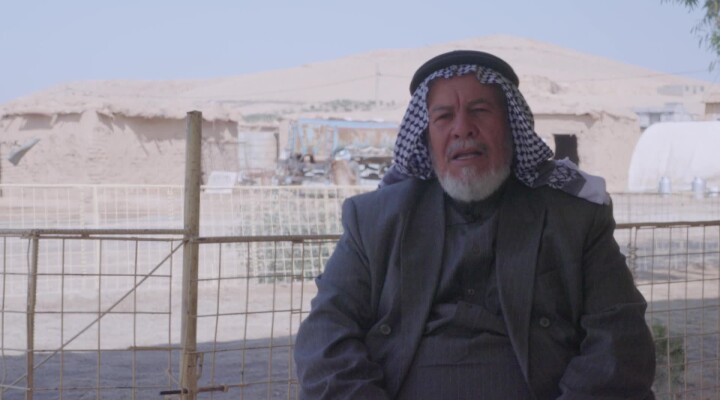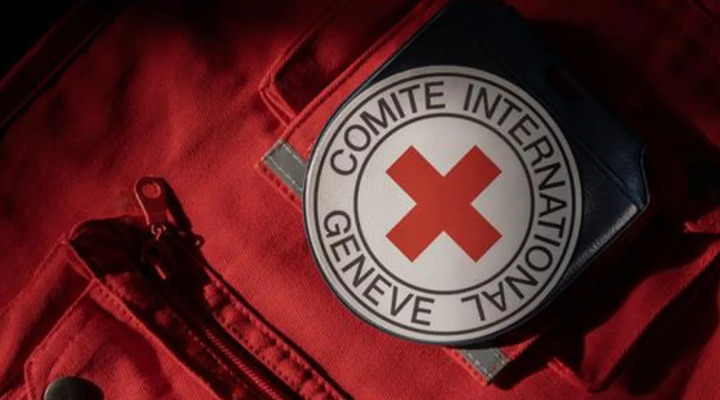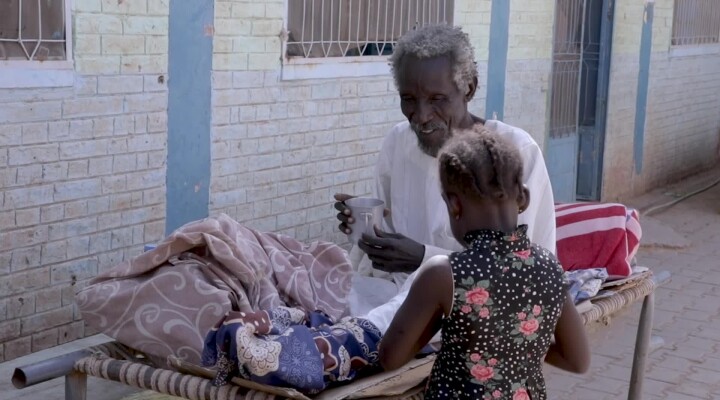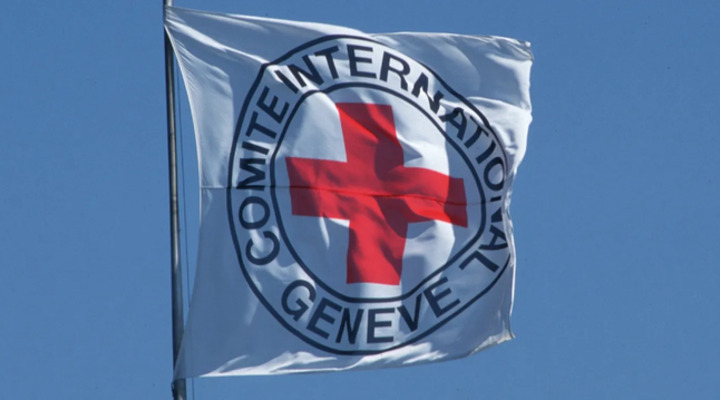15 years on from mine ban: no time for complacency
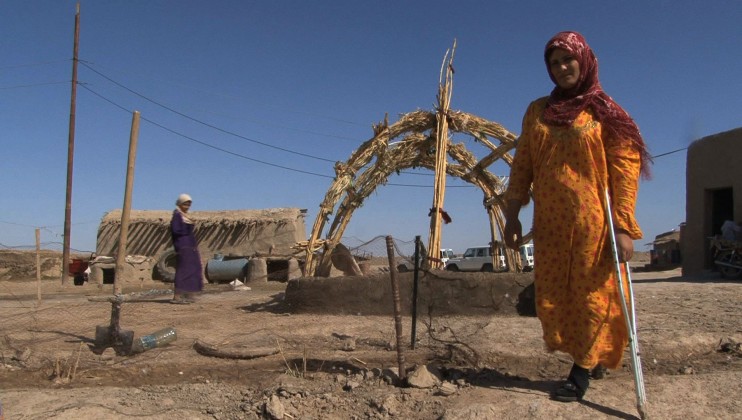
This is a modal window.
As the Maputo Summit draws to a close 23-27 June 2014, ICRC reminds States parties to the Mine Ban Convention that 15 years on and there's no time for complacency.
Wars should end when the fighting stops. Yet today's conflicts are still creating deadly legacies that kill and maim years later.
More than three-quarters of the world's countries (161 states) have so far joined the Anti-Personnel Mine Ban Convention and mine use has dropped dramatically as a result. Real progress has been made toward the eradication of these deadly weapons.
Nevertheless, there are over 60 mine-affected states and areas where past as well as ongoing internal conflicts kill and injure thousands of people each year. Kathleen Lawand of ICRC's Arms Unit says: “There has been confirmed reports of use of antipersonnel mines in certain countries where there are ongoing conflicts and what's particularly of concern is that this has been happening in States party to the convention.”
The convention also requires states to destroy their stockpiles of anti-personnel mines. Before the ban was adopted, more than 130 states possessed landmines. Since then, over 45 million anti-personnel mines have reportedly been destroyed. Today, it is estimated 40 States still stockpile.
Lawand says: “States can't be complacent because the job isn't done yet. There remain thousands of square kilometers of land that is mined posing a threat to populations. This land needs to be cleared and given back to the communities.”
31 states signed up to the convention have minefields and an obligation to clear. This includes Iraq - one of the most contaminated countries in the world with mines and unexploded ordinances covering over 1,700 km2 of land. This not only puts more than 1.6 million at risk from injury or death but also blocks the use of valuable land and economic development. Working with the local government, ICRC experts found and destroyed unexploded munitions in Missan Governorate - freeing a population of 10,000 from the fear of death and injury.
South Sudan is another country seriously contaminated with landmines, unexploded ordnance and weapons caches after decades of conflicts. Kathleen Lawand of ICRC's Arms Unit says:
“States should ensure that mine victims, mine survivors, their families, their communities get the assistance that they need. This is a critical obligation under the convention banning anti personnel mines.” This means States should ensure sustained funding for medical assistance for mine victims, physical rehabilitation programmes and economic reintegration.
Myanmar is in the top six of mined countries. 66% of patients fitted with artificial limbs at the Hpa-an Orthopaedic Rehabilitation Centre are victims of landmines. 24 year old Edisson lost his leg in an explosion that nearly killed him. It also left him without a job and feeling abandoned by his friends. The Red Cross centre fitted him with a new artificial leg. The impact of this is more than physical. Edisson can not only walk again but he can also work again. In 2013, more than 1,700 prostheses were provided for disabled people in Myanmar through physical rehabilitation programmes supported by the ICRC.
Lawand hopes that this week’s meeting in Maputo will lead to a renewed commitment by states to ensure that anti-personnel mines are completely eradicated and that mine victims get the support they need.
Facts and Figures:
- The ICRC conducts extensive activities to reduce the impact of anti-personnel mines, cluster munitions and other explosive remnants of war. These include advocacy and promoting respect for the law, preventive activities such as risk awareness programmes, and surgical assistance.
- ICRC supports physical rehabilitation programmes in 27 countries. Globally, the ICRC produces over 50,000 orthoses, 15,000 walking aids and 3,000 wheelchairs a year. In 2013, ICRC's Physical Rehabilitation Programmes assisted more than 280,000 people around the world.
Shotlist
Location: Various
Length:
Format: H264 Mov HD & SD
Production: Nicola Fell
Camera: Various
Sound: English/French
ICRC ref: AV189N
Copyright: ICRC access al
Missan Governorate, Iraq October 2010
0:00 Old army tanks and remanants of war
0:08 Amputee
0:12 Children playing
ICRC HQ, Geneva, Switzerland, 19 June 2014
SOUNDBITE Kathleen Lawand, Head of ICRC’s Arms Unit:
0:18 States can't be complacent because the job isn't done yet. There remain thousands if square kilometers of land that is mined that is posing a threat to populations. This land needs to be cleared and given back to the communities.”
0: 34 “What's been very worrying over the last couple of years is that there have been confirmed reports of use of antipersonnel mines in certain countries where there are ongoing armed conflicts and what's particularly of concern is that this has been happening in States party to the convention. That is states that have signed up to the obligation to never use anti-personnel mines.”
Missan Governorate, Iraq October 2010
1:02 Women gathering water
1:18 ICRC experts gathering weapon contamination
1:38 ICRC and Iraqi forces gathering weapon stockpile for destruction
1:55 Explosion of weapon stockpile
Malakal teaching hospital, Malakal, South Sudan, June 2012
2:07 Woman with amputated leg being cleaned in operating theatre
ICRC HQ, Geneva, Switzerland, 19 June 2014
SOUNDBITE Kathleen Lawand, Head of ICRC’s Arms Unit:
2:40 “One of the things we are calling for is that states should ensure that mine victims, mine survivors, their families, their communities get the assistance that they need. This is a critical obligation under the convention banning anti personnel mines.
2:59 “What we mean by this is that States should ensure that there is sustained funding for medical assistance for mine victims, for physical rehabilitation programmes but also for economic re-integration.
Red Cross Orthopaedic Rehabilitation Centre, Hpa-an, Myanmar May 2014
3:13 Patients in Red Cross Orthopaedic Rehabilitation Centre
3:22 Mr Edisson, ex-soldier with centre staff looking at his amputated leg
3:24 Mr Edisson walking with artificial leg
ICRC HQ, Geneva, Switzerland, 19 June 2014
SOUNDBITE Kathleen Lawand, Head of ICRC’s Arms Unit:
3:48 “The week long review of the anti-personnel mine ban convention in Maputo will hopefully lead to a renewed commitment of states to ensure that anti-personnel mines are completely eradicated and that mine victims get the support that they need.”
END 4:06
